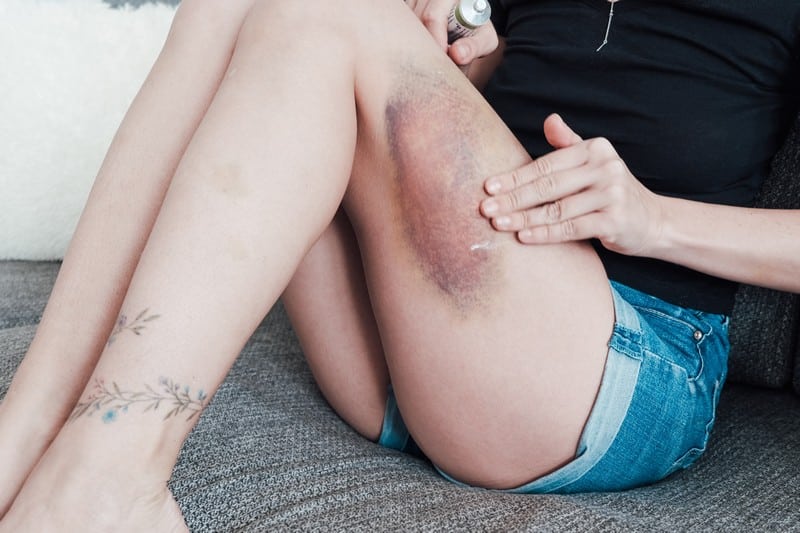Skin Problems and Bruising

In the latter stages of hepatitis C, spontaneous bruising and profuse bleeding can be frequent. It is caused by the liver’s slowed generation of platelets or blood-clotting proteins. Moreover, hepatitis C is linked to various skin conditions, including jaundice, pigment loss, rashes, and itching.
Lichen myxedematosus (LM) and lichen planus develop tiny bumps on the arms, trunk, and face. If LM worsens, it may cause the skin to grow tight and harden. Aside from that, spider nevi are red spots with radiating lines that may appear on the face or body due to hepatitis C.
Porphyria cutanea tarda, a kind of photosensitivity that causes skin blistering, and purple, itchy papules that may form on the skin and in the mouth, are among the other possible skin ailments. Additionally, it might induce leukocytic vasculitis, an inflammation of the tiny blood vessels.
Furthermore, poor liver function might also result in nutritional deficiencies. Prickling, burning, or numb skin may also result from paresthesia or peripheral neuropathy, two nerve diseases associated with hepatitis C. In addition, when hepatitis C causes cirrhosis, the collagen that the liver produces to mend itself might cause the hair and nails to become brittle and fall out.










